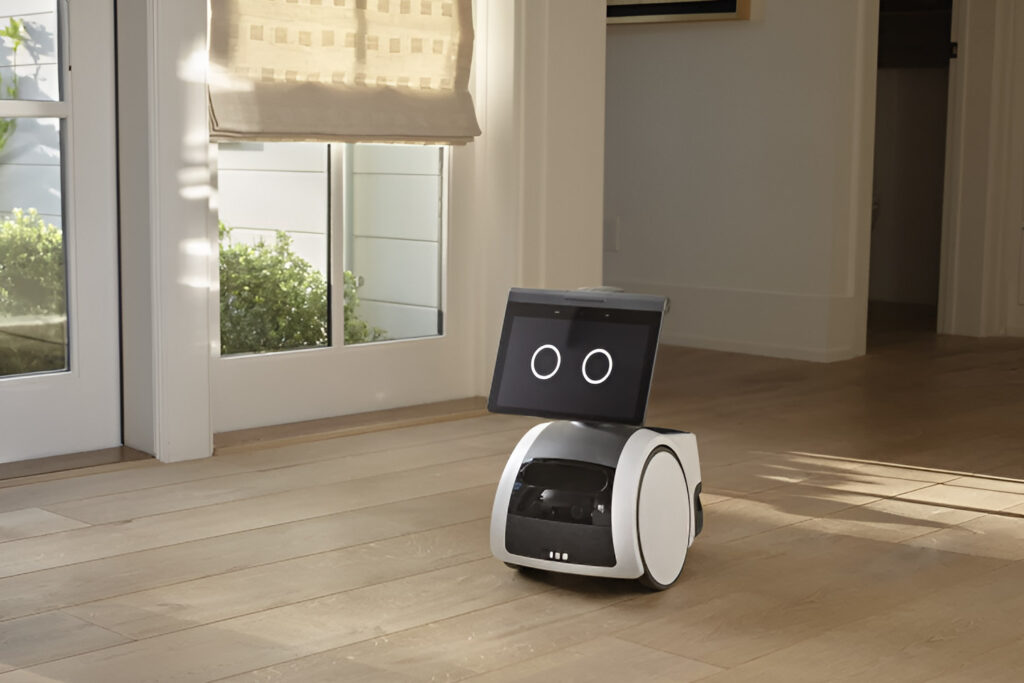Power over Ethernet involves using the multiple wire strands within an Ethernet cable to send both data and electrical power. This allows the end device to be fully powered by the Ethernet cable, whilst also having full internet connectivity without the need for WiFi.
Get A FREE Home Security Quote Now
None of Nest's cameras nor doorbells support power over Ethernet (without third party adapters that still require a WiFi connection), but the Ring Cam Elite and Ring Doorbell Elite are both fully power over Ethernet and work really well – albeit at a high price!
So What Exactly Is PoE (& How Does It Work)?
If you cut into an Ethernet cable, you'll see that it contains multiple strands of insulated wire:
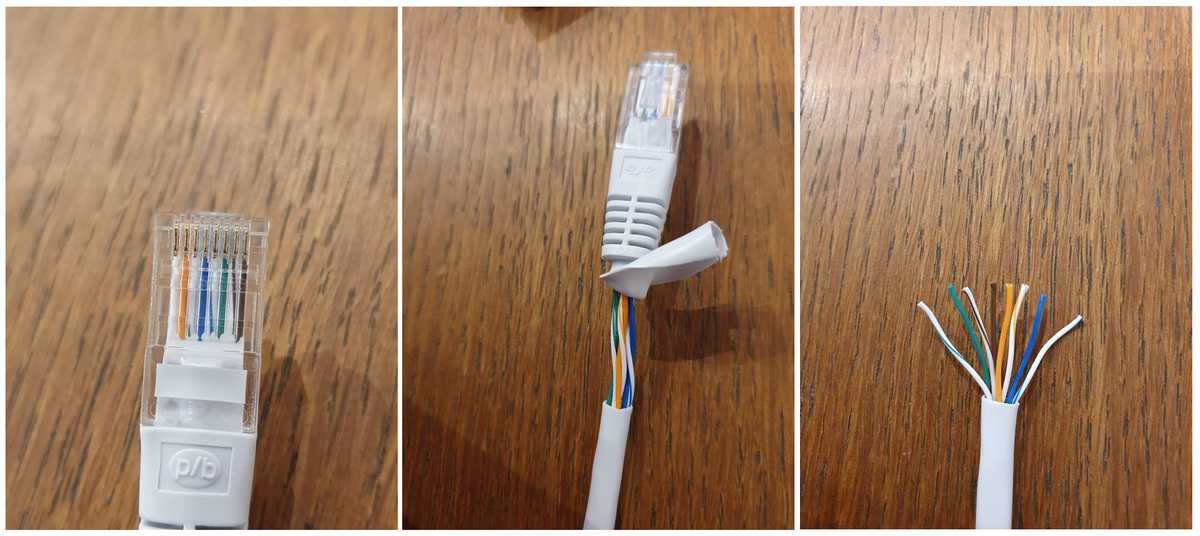
Because there's eight wires (which are bundled together to make four bundled cables), power can be sent down some of these wires – with internet data being sent down other wires. This means that Ethernet cable can support both power and internet data.
This is different to normal electrical cable which has only a few wires, each with a specific electrical purpose, or phone wire which is usually just a single strand.
Whilst PoE isn't the most popular at the moment (searching Google for “PoE” returns results for a game called Path of Exile, for example!), it's used a lot in professional security installations. Heck, when Nest fans were talking about Nest's cameras, one Google user said:
Couldn't agree more. Nest really isn't in the security business until they offer POE.
Google user, Google Support Forums, 27th August 2019
PoE smart devices aren't susceptible to wireless jamming or random WiFi issues, which is why serious smart home fans sometimes wonder whether Ring and Nest sell Power over Ethernet devices…
Ring and Nest Cameras That Support Power over Ethernet
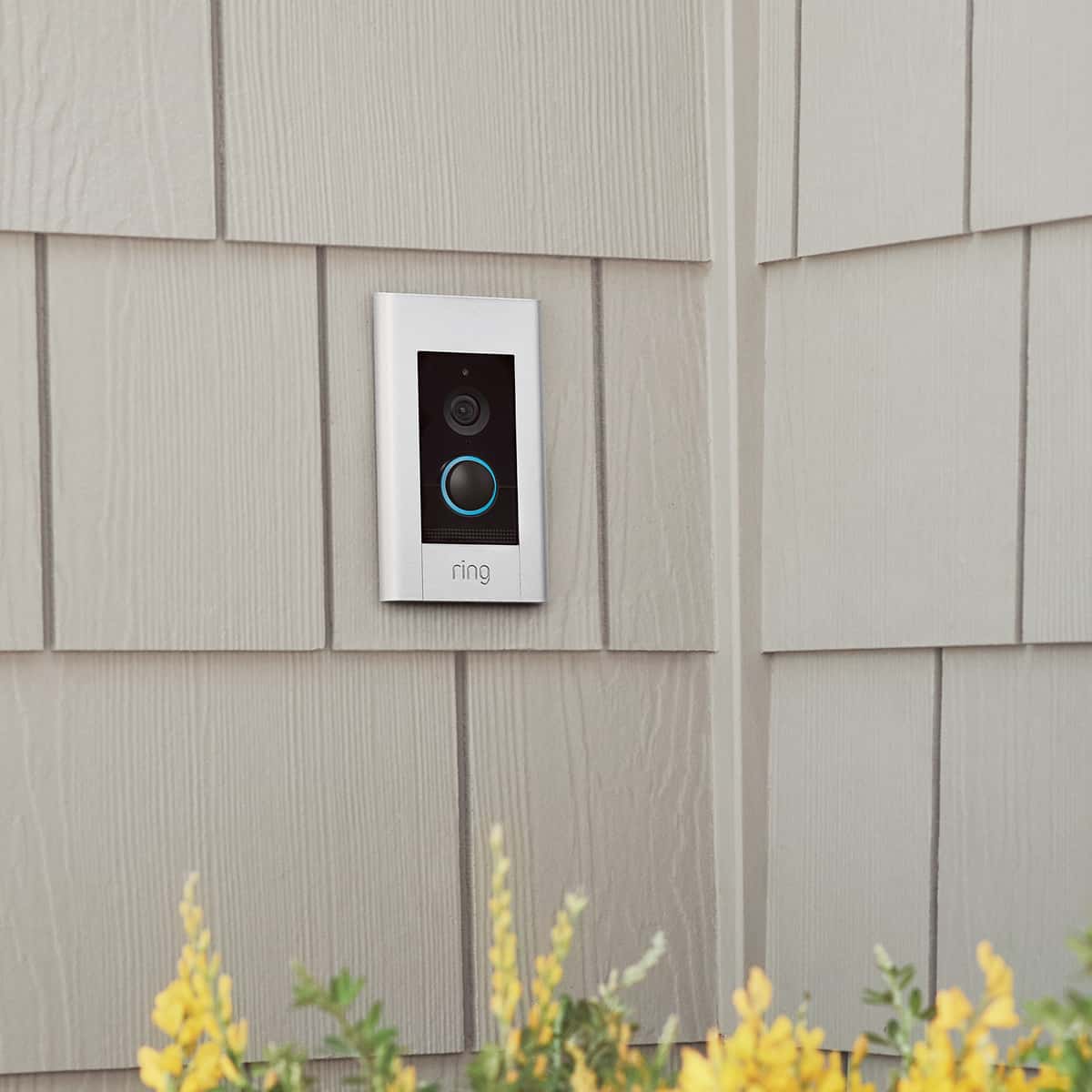
As mentioned at the start, Nest currently do not sell any power over Ethernet devices. There are “Power over Ethernet adapters” from third party sources, which I explore more in the next section, but these still require a WiFi connection so aren't really what PoE is all about.
On the other hand, any Ring device with “Elite” in its name does support PoE – currently meaning the Ring Stick-up Cam Elite and the Ring Doorbell Elite. The full list of Nest and Ring devices – and whether they support PoE or not – is below:
| Device | Supports Power over Ethernet? |
| Nest Hello doorbell | No |
| Nest Doorbell (2nd Gen) | No |
| Nest Cam IQ Indoor | No |
| Nest Cam Indoor | No |
| Nest Cam IQ Outdoor | No |
| Nest Cam Outdoor | No |
| Ring Doorbell 1 | No |
| Ring Doorbell 2 | No |
| Ring Doorbell 3 | No |
| Ring Doorbell 3 Plus | No |
| Ring Doorbell 4 | No |
| Ring Doorbell Elite | Yes |
| Ring Doorbell Pro | No |
| Ring Doorbell Pro 2 | No |
| Ring Doorbell Wired | No |
| Ring Peephole Cam | No |
| Ring Floodlight Cam | No |
| Ring Spotlight Cam Battery | No |
| Ring Spotlight Cam Wired | No |
| Ring Indoor Cam | No |
| Ring Stick Up Cam Battery | No |
| Ring Stick Up Cam Plug-In | No |
| Ring Stick Up Cam Solar | No |
| Ring Stick Up Cam Elite | Yes |
As you can see, the vast majority of devices do not support PoE, but the two “Elite” cameras do. The next two sections explore these two Ring products in more detail.
Ring Doorbell Elite

This doorbell was released in 2017 and it currently costs $349.99 – a slight price reduction on recent years where it sold for more than $400. Whilst a hardwired doorbell will always be better than a battery powered one (as it can be ‘on' more and hence offer better features/performance), the Ring Doorbell Elite is still pricey when you consider that the Pro can be picked up for under $200 when there's a sale on (it's usually $249, but is often at $189 or less).
Since it's hardwired, it has many of the same features as the Ring Doorbell Pro 1 and 2 – including better motion detection (than its battery powered rivals) and slightly longer, full-color video clips (compared to the ‘3 Plus' model which has ‘pre-roll' footage which is just low-res, black-and-white video).
Some people have found that their Ring devices don't work well over WiFi, and so a PoE alternative would be a great solution – even at the relatively high price of $349.99 for a smart doorbell. Having said that, I have no issues at all with my Pro – it works great and it was easy to wire-up.
Ring Stick Up Cam Elite
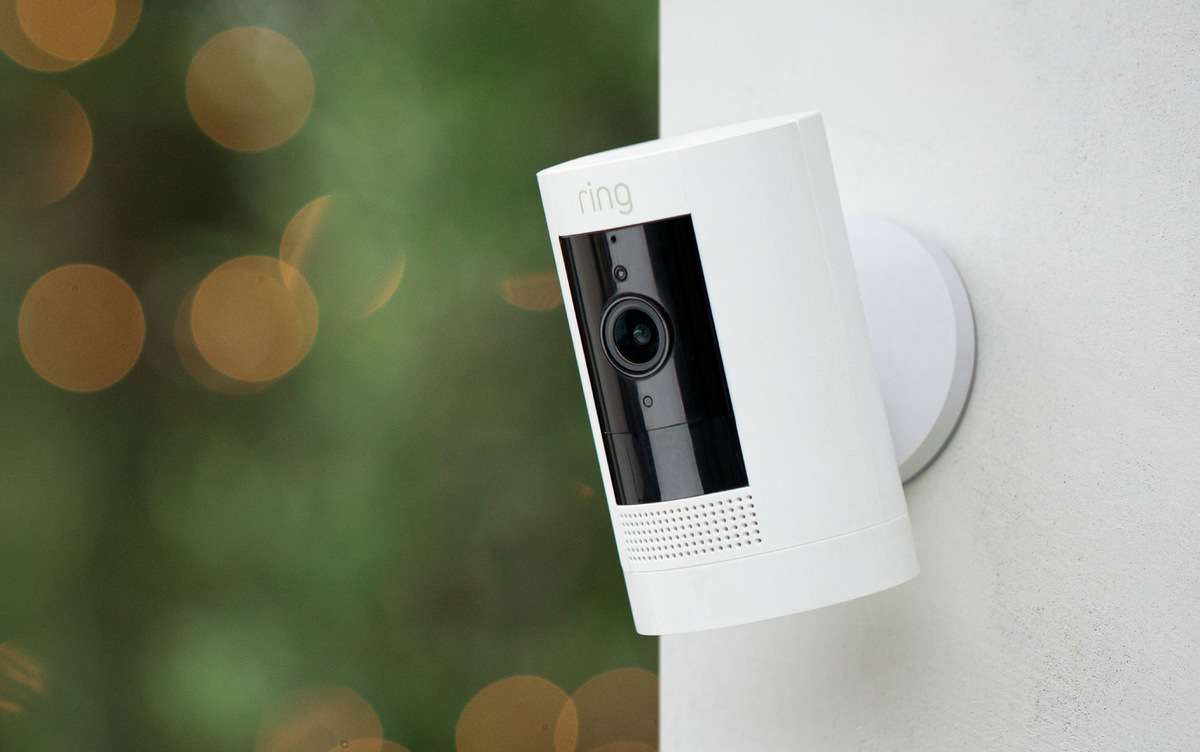
Ring announced a range of new devices in 2019, including the Ring Stick Up Cam Elite. This is the first Ring camera to support power over Ethernet, and it currently retails at $199. This compares to the battery and plug-in versions which are $99.99 each (currently down to $84.99 in a sale).
Similarly to the doorbell, the Ring Stick Up Cam Elite is closest to the plug-in version in terms of features: since it's hardwired, it doesn't have to cut down on features or functionality to preserve battery power.
If you have a router or network switch nearby, it should be easy enough to install – either by introducing a “PoE injector” (which adds electrical power to an Ethernet cable) or just using a powered network switch (i.e. one that supports PoE):
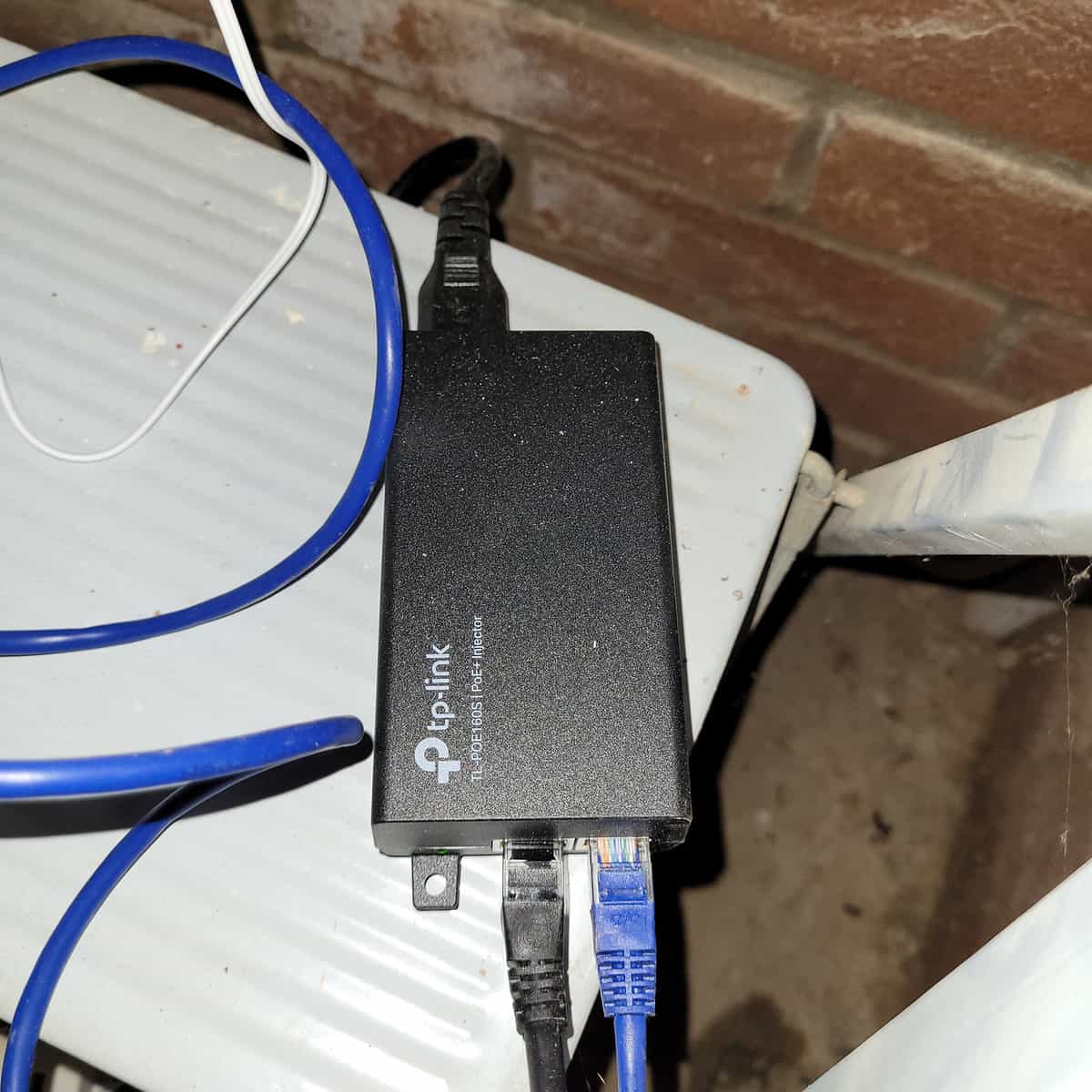
You can use it indoors or outdoors, too.
Do Nest “Power over Ethernet” Adapters Work At All?
If I go on Amazon and search for “Nest PoE”, I get back some results for PoE splitters and adapters such as:
- Coolgear's “22watt PoE to Type C PD Power Adapter” for $39.88, which it says works with “Nest Cam IQ”
- The “Wasserstein PoE Adapter for Google Nest” for $27.99, which works with Nest.
But what exactly do these products do? Can they suddenly turn the $100 Nest cam into a PoE device?
The answer is no, unfortunately.
These devices replace the existing Nest cam power adapter with their own power adapter, which itself is powered over Ethernet. But the end result is still a standard power cable going into the Nest cam.
These devices are useful if you find that the current Nest power adapter is too bulky and you want a smaller replacement instead. If you have a network switch nearby anyway, you may as well use a PoE adapter/splitter instead.
Alternatively if you're installing your Nest cam in a place where there's no wall socket available, using a PoE adapter could make sense in this case too.
However this just refers to the power of your Nest cam. The crucial thing to know is that your Nest cam's internet will still be provided over WiFi – with all the unreliability that this may bring. This compares to a true PoE device whose power and internet comes through a single Ethernet cable, with no need for WiFi connections.
The Benefits Of PoE For Smart Cameras And Doorbells

There are various benefits to using PoE for your smart cameras and doorbells. In no particular order:
- WiFi can be unreliable. Whilst modern routers have taken steps to improve this, having dozens of devices (per household) all speaking over WiFi is not a great way of guaranteeing a reliable connection for each of your security cameras.
If your WiFi plays up when there's an attempted burglary (or the burglar uses a jamming device), you could lose all footage of this incident. PoE ensures a stable internet connection by relying on wire-to-wire physical connections throughout. - PoE can be easier to install. If you're installing a new indoor or outdoor camera/doorbell and you don't have a power outlet nearby, you may have to spend a bunch of time finding a nearby outlet and spurring off this – if possible. Sometimes you can't simply spur off the nearest connection point, however, due to how electrical circuits (and extending them) work.
As a result, you may need to perform a fair amount of electrical work before you can install your new camera/doorbell.
The alternative is to use Ethernet which is much easier to run and install because you don't have to worry about whether you can spur off a specific point. - Safer to install. In addition to being easier to install, PoE is low voltage: if often outputs 30 watts or less. This means that working with PoE is much safer: you don't have to worry about accidentally being zapped with full mains voltage!
- Simpler smart home design. If you're going all-out with your new smart home, it's much easier to plan it out knowing that your devices will be powered with a single cable and that network range isn't an issue.
Having to think “do I have electrical power there?” or “will my WiFi reach that far?” gets frustrating quickly, so being able to think “I have PoE there, so my power and internet needs are met” is much nicer.





